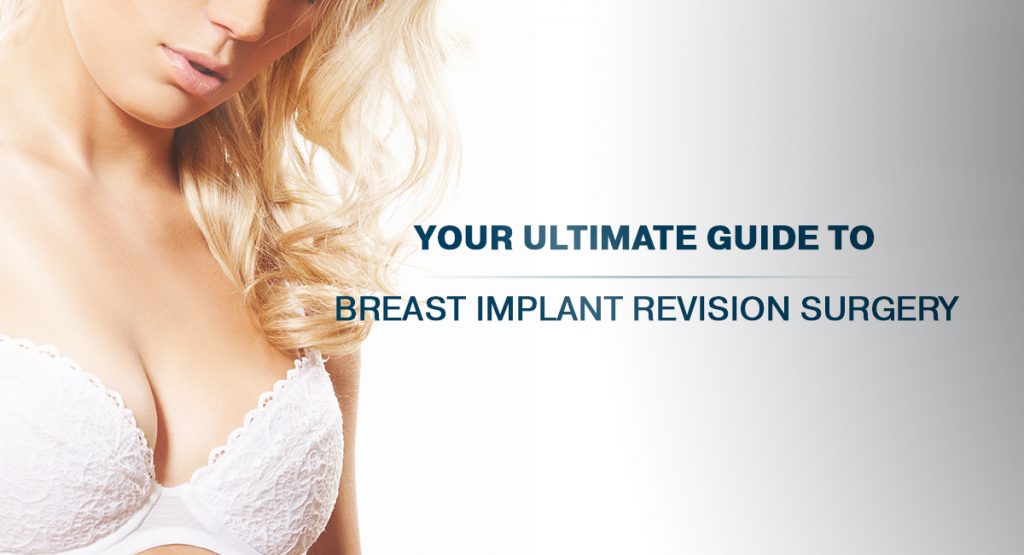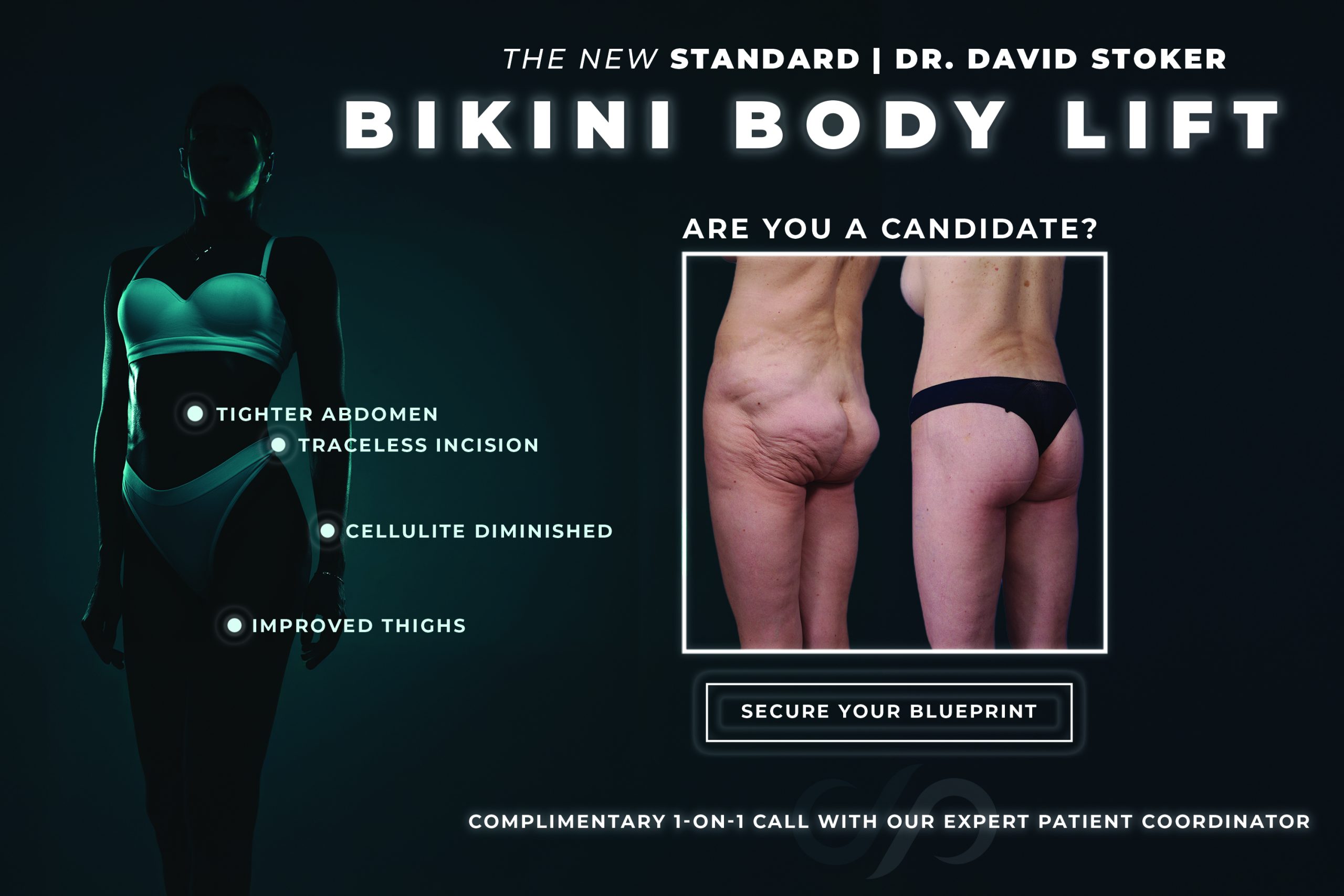One of the last things on a woman’s mind when she decides to get breast implants is thinking about the day she’ll have them replaced. Eventually, however, virtually all breast augmentation patients have to undergo breast implant revision surgery to exchange their implants—unless they decide to simply remove them.
I’ve been seeing an increasing number of breast augmentation revision patients at my Los Angeles practice, which reflects a trend that’s occurring throughout the U.S. as women choose to upgrade older implants, change the size of their implants, or deal with complications. Even though the reasons vary for getting revision surgery, the procedure itself involves similar techniques.
This guide to breast implant revision surgery will answer most of the questions I often hear from my patients and those asked on plastic surgery website resources such as RealSelf.
Choosing a Surgeon for Revision Surgery
The choice of a plastic surgeon is important for any elective procedure. But revision breast surgery is one of the more challenging operations, and it is vital that you select someone with experience performing these procedures. That the surgeon is certified by the American Board of Plastic Surgery (ABPS) is a must. Breast implant revision procedures involve unique conditions that aren’t part of primary breast augmentation operations, such as:
- Existence of scar tissue that needs to be removed
- Possibility of needing a breast lift because the skin has been stretched
- Repositioning of nipples and areolae may be necessary
Unforeseen issues can come up during the surgery, as well, which is another reason experience is so essential. I have extensive experience performing implant revision surgery. I find them to be among the most rewarding because, in many cases, I’m able to restore the confidence of a patient whose initial excitement about getting implants was quickly replaced by disappointment.
I customize the technique used during revision surgery based on each patient’s concerns. Among these techniques are implant capsule opening or removal, implant capsule repositioning, breast lift, changing implant type or proportions, and areola surgery.
Why Get Implant Revision Surgery?
The reasons for wanting breast implant revision surgery vary and may include concerns following breast augmentation, such as capsular contracture, asymmetry, implant rupture or rippling, or sagging. Another common reason is that a patient decides she wants to change the size of her implants. Some women encounter what’s sometimes called “boob greed”—they regret not choosing larger breast implants. On the other hand, some women decide after several years that larger implants no longer suit their lifestyles or personalities, and they want to downsize.
Capsular Contracture
This is the most common complication following breast augmentation, although it occurs much less often now than it used to. It occurs when the capsule-shaped fibrous layer of scar tissue surrounding the implant squeezes it, causing the implant to feel hard and, in some cases, appear misshapen. A capsulectomy removes the entire capsule, and new implants are inserted.
Breast Asymmetry
Changes to a woman’s body over time, including stretched skin and tissue, can lead to the implants shifting position. The result is that one breast appears noticeably different than the other. The key word is noticeably because perfect breast symmetry is extremely rare, whether a woman has implants or not.
Implant Deflation
Implants may either rupture or deflate and need to be replaced. If you have saline implants, the condition will be immediately noticeable because the watery fluid leaks from the device. Cracks in silicone gel implants usually only show up during a mammogram because the cohesive nature of the gel prevents it from migrating to other areas.
How Often Do I Need to Replace Implants?
Anyone who has researched breast augmentation has, at some point, probably come across some advice saying the implants last about 10 years. That’s a misconception and shouldn’t be used as a guide. If your implants are 20 years old and you still like the way they look and feel, there is no reason to replace them. That being said, breast implants are not designed to last forever, and most women will need to replace or remove their implants.
Many women also see a revision procedure as a chance to exchange saline implants for a newer generation of cohesive silicone gel implants. Silicone gel implants are significantly more popular than saline implants, with statistics showing that about 85% of primary breast augmentation patients choose silicone.
Combining Revision Surgery With a Breast Lift
If you’ve had breast implants for more than a few years, it’s likely that the breast skin has been stretched. If that’s the case, you would have to replace the implants with a larger size to fill the additional space. Not all patients want to increase the size of their breasts during a revision procedure. Instead, a plastic surgeon can perform a breast lift to remove excess skin as part of the breast implant revision procedure. For women whose breasts are beginning to sag, combining a breast lift with implant revision surgery can be a cost-effective approach because certain fees will only have to be paid a single time.
How Long Should I Wait Before Replacing Implants?
Even though the vast majority of breast augmentation patients are highly satisfied with their results—the procedure is rated “Worth It” by 98% of patients on RealSelf—some women are unhappy with their outcomes soon after the operation. It can often take several months before the final results of breast augmentation surgery emerge, so it’s usually wise to have some patience before scheduling a revision procedure. But even if you’re sure you want to exchange implants, it’s important to wait at least 6 months after the primary procedure to allow your body to heal completely.
What If I Want to Remove Implants?
In some cases, women are ready to have implants removed without replacing them. Explant procedures are also becoming more popular for various reasons, and much of the information provided in this guide also applies to removing implants. Just because the surgery doesn’t involve replacing the implants, the surgery isn’t any less complicated, and the choice of surgeon should be made with that in mind.
If you think you could benefit from breast implant revision surgery, or are thinking about removing your implants, contact us using the online form to request a consultation. Or you can call our Los Angeles plastic surgery practice at (310) 300-1779, and a member of our staff can help you schedule an appointment.


Leave a Reply